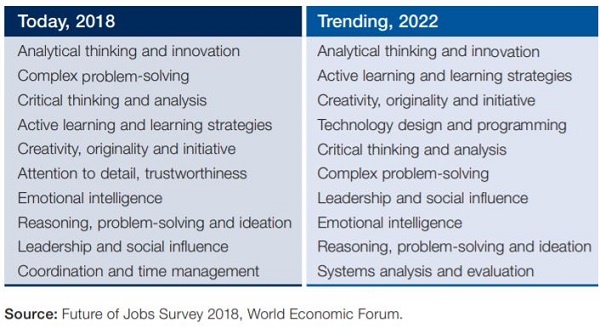Root Cause Analysis (RCA) is one of a group of classic methodologies known as structured problem solving. Today, we find that RCA is one of the hottest topics in the world of audit and accounting.
It is also very much vibrant from the data shared by Future of Jobs Survey 2018, World Economic Forum that structured problem solving is now the single most important skill required in the modern workplace whether its 2018 or 2022.

So, what exactly is Root Cause Analysis and what does it deliver in terms of audit quality?
A Root Cause is an initiating cause of either a condition or a causal chain that leads to an outcome or effect of interest. Root Cause Analysis (RCA) is a method of problem-solving technique used for identifying the root causes of faults or problems.
In audit, RCA is initiated upon discovery of a significant audit quality issue. Whether the issue is “significant” or not can be based upon a defined set of threshold criteria, keeping in mind that each firm will likely have different thresholds.
Why Root Cause Analysis is so much important in audit & advisory?
The Institute of Chartered Accountants of England and Wales (ICAEW) highlighted in A Paper for External Auditors, “If the wrong cause is identified, the wrong remedial action will be taken”
Further, ICAEW also shares Output expected from RCA will be:
- not to establish a blame culture;
- challenge superficial answers about why things went wrong;
- challenge preconceived notions;
- avoid the temptation of the ‘quick-fix’ answer and not shy away from identifying matters that might be difficult to fix;
- identify root causes linked directly to one or more review findings;
- stop when it is appropriate to go no further with the RCA; and
- feed into an action plan to remedy the identified root causes with clear responsibilities and a feeling of ownership of the actions.
How to apply Root Cause Analysis in practical scenario?
“Why” is the key word.
A root cause analysis should be evidence-based. Look for evidence in following areas:
- People
Who was involved, what roles did they play, and who else is knowledgeable about the event? Determine who should be interviewed and who should be on the investigation team. Choose those directly involved to participate as team members—they know the most about the event. However, make sure not to include anyone with an unresolved conflict of interest.
- Procedures & Documentation
Procedures govern the actions of people and are therefore an important source of information. What procedures were involved? Were they formal or informal? Were procedures followed? Were they accurate and complete?
- Systems
What systems were involved? What was their purpose and what role did they play in the event?
- Environment
What was the work environment during the audit? Was there schedule pressure? Was the client collaborative? Was there cohesion on the audit team? Did the team feel supported at each step?





